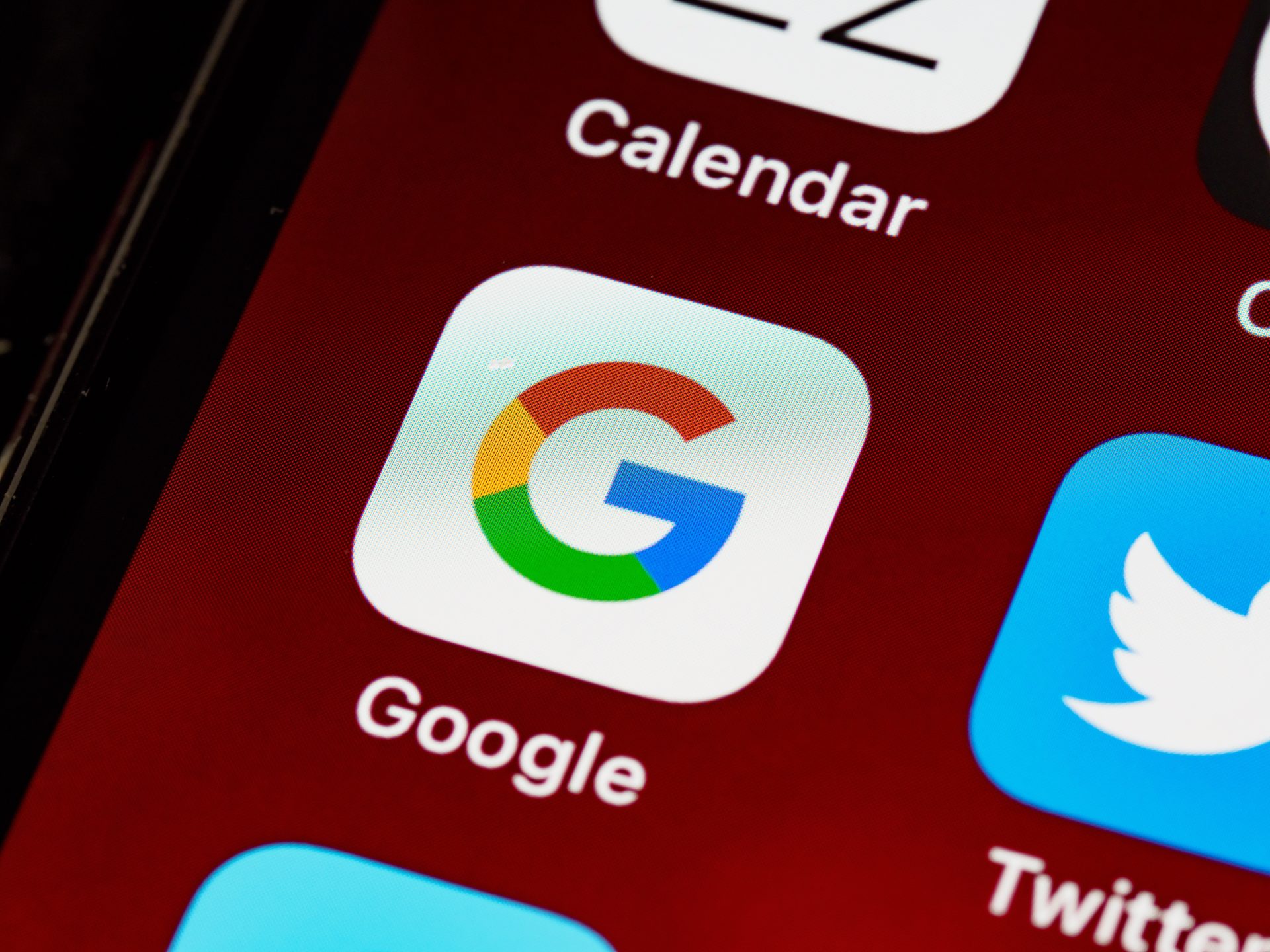Google has finally joined the chatbot party. It’s late, but it could give other chatbots a tough time.
The new Google AI Chatbot, Bard, is a tool designed to simulate human conversations. It uses NLP, or Natural Language Processing, and machine learning to converse naturally. Bard supplements Google searches and can be integrated into websites, applications, and messaging platforms to respond naturally to queries.
What Technology Powers Google Bard?
Bard uses LaMDA or Language Model for Dialogue Applications technology, an in-house product of Google. LaMDA is powered by Transformer. It is an in-house neural network architecture released in 2017. Transformer was released as open source and has been the framework for other generative AI tools. Even the GPT-3 language model used in ChatGPT is Transformer influenced.
When Was Google Bard Introduced?
On February 6, 2023, Google announced the launch of Google Bard, but they did not mention the release date. The general opinion in the tech world was that Google’s announcement of the launch of the Bard was premature. The company likely felt the pressure to respond to the runaway success of OpenAI’s ChatGPT.
Many felt that the Google AI chatbot was an unfinished product upon introduction. During a live demo by Google and Alphabet CEO Sundar Pichai, it answered wrongly to a query. The next day, Google’s market value plunged by a whopping $100 billion. Bard’s awkward mistake holds the responsibility.
Bard is only available in the United States and the United Kingdom. According to the CEO, Google Bard will eventually be available in other countries.
Is Google Bard Free To Use?
As of date, there are no signs of Google charging for using Bard. Apart from its cloud business, there is no record of Google charging for its services. It is assumed that Bard will soon be integrated into the brand’s basic search engine. An indication that Bard will be free to use.
A Basic Version
Google has made it clear about the recently launched lightweight model version of its LaMDA. It is a smaller model that requires much less computing power. This model enables Google to scale to more users so that they can garner more feedback. Google will consider both the external feedback and the results from their internal testing resources to create responses of the highest quality. This testing phase of Bard will also help Google improve Bard’s speed, quality, and security aspects.
How Google Bard Fares When Compared To OpenAI ChatGPT
ChatGPT and Bard are AI chatbots. They both utilize Machine Learning and Natural Language models. Both these chatbots use the same language model and ML for generating conversational text.
However, the similarities end here.
ChatGPT leverages generative AI to deliver unique and original content. Google Bard serves a different set of users. The aim is to make internet searches more natural and helpful.
ChatGPT can also help refine searches. Microsoft has signed a deal worth $10 billion (reportedly) with OpenAI to incorporate ChatGPT into its Bing search engine. This will help ChatGPT provide search results that are more conversational and nearly the same as Google Bard. In the future, other search engines can license ChatGPT. Bard could be at a disadvantage as it only supports Google. We’ve yet to see how or when Microsoft will try to implement ChatGPT into its search engine.
What can Bard Do?
There is one area where Bard has a clear advantage over ChatGPT. The responses of the latter are based on data available up to 2021. The new Google AI chatbot responses to queries will be based on current data, which will be more up-to-date. Users might not be happy with a chatbot that provides outdated answers.
A key point to note is the potential for plagiarism with ChatGPT. OpenAI is aware of this serious problem and comes with a plagiarism detection tool to counter the issue. So far, there is no information on whether Google Bard comes with any in-house or third-party plagiarism detection tool.
Language capability is another area where there is a major gap between the two leading chatbots. Users will have the first experience of Google’s LaMDA model with Bard. Until now, all chatbots use variations of the GPT 4 and 3.5 models from OpenAI. There is a possibility that Google Bard will perform better in this area, but we can only state that with some finality only when Bard offers a higher version.
Google’s Bard chatbot responses to user queries are short and crisp. This helps users find answers faster. However, those looking for a detailed response will be disappointed with the length of Google Bard’s response. They will likely turn to ChatGPT for a long essay or email. ChatGPT comes with a higher character limit resulting in a longer result.
Conclusion
Google Bard is designed to bring about a major transformation of its basic search engine. It makes the humble search engine a highly efficient virtual assistant. According to the company’s official release, Bard can help users complete creative and complex tasks. It works by distilling information captured and assimilated from multiple online resources. What the future of Bard will be, only time will tell.










